Lately, I have gotten a few new reviews on my books that say things like:
“This book is probably written for teens” (Aria)
“Even though the protagonists are men, I think the book might appearl to teens.” [sic] (As if YA books don’t have male characters ha) (Sundered Sky)
“I am sure YA readers will love it” (Sundered Sky)
“an action packed young adult science fiction creature feature” (Tentacles and Teeth)
And I just want to say: I don’t write YA.
None of my books are YA.
The Young Adult (YA) genre of fiction has one of the most broad and vague definitions in the whole of literature. Essentially, YA books are stories written about teens for teens. It is a category designed to bridge the gap between children’s books and adult books.
But despite that vague definition, here’s the thing: my books aren’t about teenagers. Nor are they written for teenagers.
I don’t write YA.
To be clear, I have no issue with teenagers. I also have no issue with YA. I’ve read an obscene amount of it, myself. But I don’t write in the genre.
My youngest character is 19. My oldest character is 65. Most of my characters are between 25 - 40. I do have a series of children’s books for elementary aged children that is not part of my brand, but again, not YA.
There is violence in my stories. In one book, the main character cuts off the head of another human. My characters fight monsters, both of the monstrous and the human varieties. There is murder. Swearing. Rage.
I don’t write YA.
Yet, I am often introduced as a YA author, libraries have put my books in the YA section, and I keep getting reviews that say my books are YA—from people who have presumably actually read the books!
I’m not sure why people think my work is YA.
I’ve thought about it a lot, because it bugs me. I think there are a few possible reasons:
No one actually knows the definition of a YA book. I don’t feel like it should be that complicated, but if a book is about an adult, it’s not YA.
I am a woman. I’ve read a number of articles and spoken with quite a few women writers who all claim that their books are shoved into the YA section or presumed to be YA, despite graphic content and very not-YA-appropriate themes, because of the author’s perceived gender.
I don’t write graphic sex scenes. Although, even books with graphic sex scenes are sometimes classified as YA, like Sarah Maas’s work which is definitely not YA.
I don’t write super dark stuff.
I’m grasping at straws here, but maybe it’s because I write about themes of people figuring out who they are? Which is absolutely not an activity that is restricted to teenagers.
I don’t write YA.
The reason this is important to me is because how our books are labeled matters. For example, they say there is a dearth of women scifi and fantasy writers, but what are we supposed to do about it if our books are always being shoved into the YA section?
Not to mention, since I don’t write for teens, I can put all kinds of scenes in if I want to. Sex scenes, violence, murder, swearing. My work is not guaranteed to be “safe,” and I wouldn’t want a teen picking up and reading something that isn’t teen-appropriate. I don’t even know what teen-appropriate is! I’m not a parent and I haven’t spent that much time with teens as an adult.
I don’t write YA.
But sometimes, I want to write about the cozy, gentler side of life, too. I don’t want to have to make my books super dark and horror-filled, or sexy and steam-filled, just to be put back into the adult section (not that it would even necessarily work if I tried that strategy).
And I know writing this blog post is probably not going to fix anything, lol.
But I just want to make it clear in case you didn’t know: I don’t write YA.
For your reference:
Askari (Land of Szornyek): 21 years old
Aria (Aria’s Song): 25 years old
El (Rove City): 21 years old (I think lol)
Jack (Rove City): 26 years old
Maybelle (Rove City): 24 years old
Penny (Rove City): 65 years old
Sophia (Rove City): 40 years old
Eloita (from unpublished fantasy series): 27 years old though I’m considering aging her more just because I can
John & Quin (Zirian Chronicles): several hundred years old because their species lives longer than humans, but their human equivalent would be in their late 20s/early 30s
Mabel (my favorite character from Ariele’s Fairy Tales): 45 years old
I don’t write YA. And I certainly won’t hold it against anyone who makes the mistake of thinking I do. But the least I can do is make sure I’ve posted it somewhere publicly for all to see.
If I haven’t said it enough times already, let me say it once again: I don’t write YA.
Even if your teenager likes my books. Even if you think they are safe and appropriate for your teenager to read. Even if you think a teenager you know might enjoy them.
That’s great! But they aren’t YA.
Because I don’t write books about teens for teens.
I don’t write YA.
These are the MidJourney illustrations of the characters from my most recent book of original fairy tales: The Swamp Hag of Blackrock Fields.











